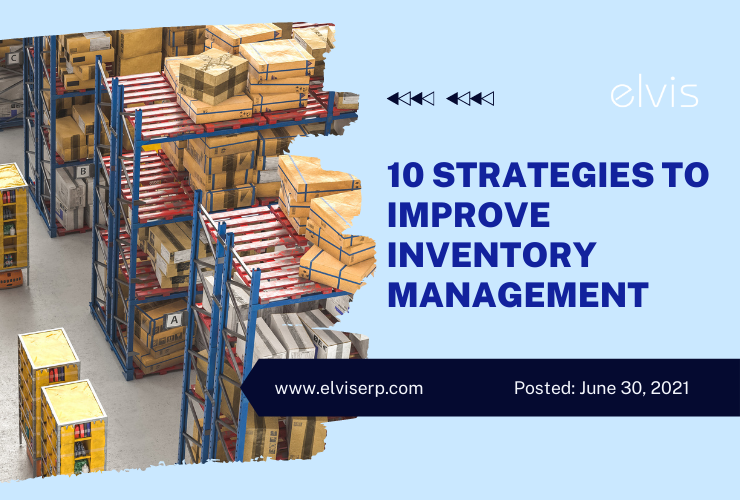Improving inventory is one of the most effective strategies to boost efficiency in your e-commerce company. Even if you have a system in place to manage your inventory, implementing a few strategies can help you boost your profitability. The supply chain’s lifeblood is inventory. Your firm will not be able to function successfully unless you have adequate inventory.
One of the most critical functions in every company is inventory management. An efficient inventory management system will assist the company in meeting market demand while also lowering costs. Inventory shortages result in lost sales opportunities, while surplus inventory raises operational expenses in terms of handling, shipping, and storage. Now, let’s look at some ways for better inventory management.
Supplier assistance
Inquiring about possible supplier assistance is a smart way to manage your business inventory. With a well-managed supplier list, vendors can gain access to the distributors’ inventory data. Suppliers generate purchase orders when they are needed. Some businesses utilize vendor managed inventory control to eliminate data entry errors. This strategy ensures that purchase orders arrive on time.
Inventory management tools
There is a lot of software on the market that can automate the inventory management process and eliminate the need for manual intervention. Businesses must adapt to an effective tool in order to get control over their inventories. Inventory management across various channels, such as physical stores, online stores, and mobile apps, will be easier with the right tools.
Inventory control personnel
Hiring an inventory control manager is another technique that might assist with inventory management. Inventory managers are in charge of all of the company’s merchandise products that are easily available on the ground and in transportation. They’re also experts at making the necessary revisions and adjustments to the orders. They can aid organizations in the preparation of required reports.
Data analytics
Data analytics can be utilized to improve the company’s inventory management. This can help the corporation assess inventory at the organizational level rather than at the branch level. The data analytics tool uses real-time data to forecast market demand, resulting in profits and cost savings for the company. Inventory managers can use analytics to obtain a sense of whether they should reallocate inventory or take advantage of market possibilities.
Lead time
The amount of time it takes to reorder inventory is referred to as lead time. Suppliers have varied delivery times for their items when an order is placed. Producing well-organized lead reports is one of the useful techniques to manage inventory so that management has an idea of how long it will take to replenish the stock.
Product segmentation
The inventory manager must examine the inventory to classify products based on market appeal, profitability, and supply vs. demand patterns, among other factors. This segmentation can be utilized to save inventory that is rapidly declining. This can aid in increasing earnings while lowering operating costs on less profitable products. The more classification systems a company employs, the more precise and profitable its inventory management becomes.
Monitor inventory levels
If a company has a lot of inventory, it will increase its expenses and, as a result, its overhead costs. Another option is to properly determine the inventory requirements of the company. The company should aim to limit its investment in products that sell slowly or never.
Customer delivery
Another effective strategy to manage inventory turnover and delivery turnaround is to use this method. This indicates how frequently you evaluate your inventory investments as well as the projected time it will take to reach the end customers. If you don’t estimate the delivery time accurately, you’ll get unfavorable comments from your customers.
Inventory consultant
Consultants and specialists can be hired to supervise inventory systems by businesses. Cycle counting, order-picking operations, and maintaining and sustaining accuracy will be the responsibility of these specialists.
Inventory optimization software
Investing in Inventory Optimization Software will aid in inventory management from an organizational perspective rather than a store level perspective. This software analyses the probability of demand using prior data, assisting stock managers in maintaining an optimal level of inventory and lowering the danger of product obsolescence. The optimization software’s findings can be utilized to revise inventory management policies in order to make them more effective and efficient.
Businesses should conduct a supplier audit to assess their delivery consistency and accuracy. In order to meet the recurring changes in demand and supply, the product category should be examined on a regular basis. Companies that have a good inventory management system can meet more sales possibilities while also making a lot of money.
Inventory control is a difficult task. If you’re having trouble figuring out how to manage your company’s inventory, you may reach out to our experienced staff for assistance. We can assist you with your inquiries.








